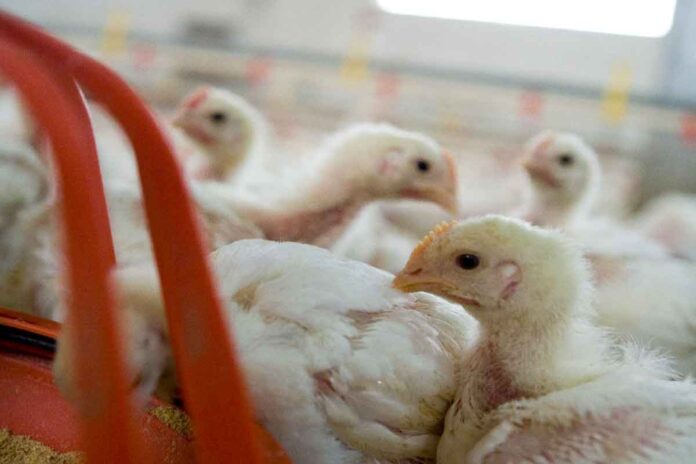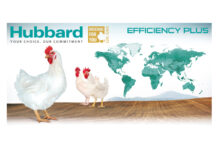
As Brazil works to restore access to its key export markets following an avian influenza outbreak, high-level talks with the European Union signal cautious progress. On July 10, 2025, Brazil’s Minister of Agriculture, Carlos Fávaro, and European Commissioner for Health and Food Safety, Olivér Várhelyi, held a videoconference to discuss the roadmap for resuming Brazilian poultry exports to the EU, suspended after a confirmed outbreak of highly pathogenic avian influenza (HPAI) in Montenegro, Rio Grande do Sul, earlier this year.
The Montenegro outbreak: one case, global impact
In May 2025, Brazil reported its first-ever HPAI H5N1 case in a commercial poultry operation. Although the outbreak was isolated and rapidly contained, the event triggered immediate trade restrictions from the EU and numerous other partners.
Under EU rules, even a single confirmed case in commercial poultry results in the temporary suspension of imports from the entire country, unless effective regionalization or compartmentalization measures are accepted. Several third countries applied regional bans limited to the affected zone, while others followed the EU’s broader approach.
The incident affected Brazil’s export dynamics, with temporary redirection of volumes to non-restricted markets and pressure on domestic supply chains. Although exact export losses vary by destination and reporting agency, industry sources cited market instability following the EU’s move.
Brazil’s response: swift action and a clean bill of health
Minister Fávaro emphasized Brazil’s commitment to international animal health standards, noting that:
-
The infected flock was immediately culled, with surrounding farms placed under strict surveillance.
-
The Ministry of Agriculture implemented buffer zones, movement restrictions, and extensive testing in line with WOAH (World Organisation for Animal Health) guidelines.
-
Brazil self-declared itself free from avian influenza to WOAH in late June, after fulfilling the required surveillance and waiting period.
“This was a test for our animal health system, and we acted swiftly and transparently,” said Fávaro, calling on the EU to recognize Brazil’s regained disease-free status and allow the gradual reentry of Brazilian poultry into the European market.
The EU’s position: more data, step-by-step evaluation
Commissioner Várhelyi acknowledged Brazil’s proactive measures but stressed that EU regulations go beyond WOAH requirements. Before reopening the market, the European Commission has requested:
-
Additional surveillance data, particularly on wild bird monitoring and continued flock testing;
-
Detailed documentation on zoning and biosecurity protocols;
-
Confirmation that no residual virus circulation is present in or near poultry production areas.
The EU emphasized that these requests are part of a technical and non-political process, applied equally to all trading partners to ensure consumer safety and disease prevention across the bloc.
What this means for poultry stakeholders
For Brazilian producers:
-
The path to reopening the EU market now hinges on prompt and complete data submission.
-
Compartmentalization efforts, already in progress in Brazil’s large integrators, may offer a route to partial reauthorization even before full national clearance.
For EU buyers and processors:
-
A phased return of Brazilian poultry could stabilize product availability and prices, especially in the cooked and frozen chicken segments where Brazil is a major supplier.
-
The timeline for reentry depends on how quickly Brazil meets EU requirements and how soon inspections and reviews are completed.
Looking ahead: technical cooperation and trade resilience
Both parties have signaled willingness to maintain open communication and technical collaboration. Brazil’s swift containment actions and transparent reporting are being recognized, but full market access will depend on satisfying EU-specific animal health assurances.
With the global poultry trade increasingly vulnerable to disease outbreaks, this case also underscores the strategic importance of regionalization agreements, traceability

















